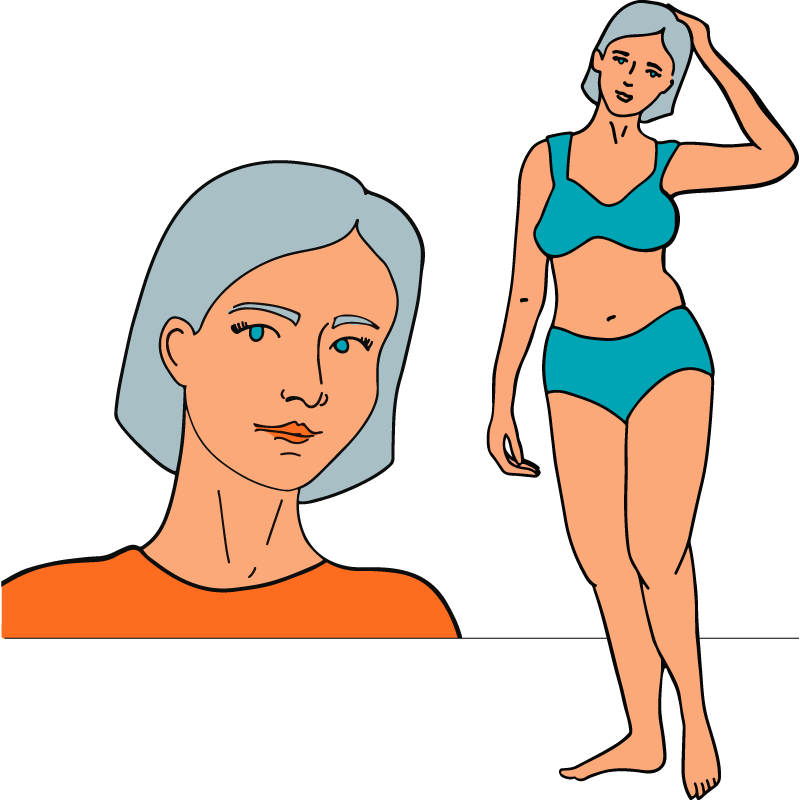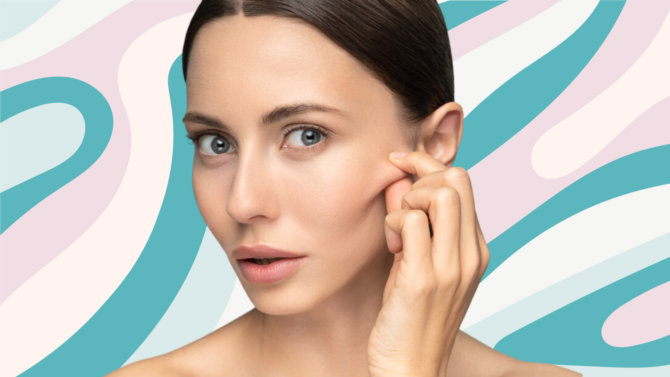Sagging Jawline
Do you feel like you look sad or down faced when you look in the mirror because of a sagging jawline? If you do, you are not alone. A sagging jawline, is the unsightly loose skin that forms under the chin and jawline as we age. One of the least desirable side-effects of getting older, a sagging jawline is caused by a loss of elasticity and thinning of the skin. Add to that the fact that gravity is taking its toll on the underlying structures that prop everything up and you have the perfect recipe for sagging. This is why people who have more fat in their face tend to have less pronounced jowls as the fat provides volume, but they then run the risk of a double chin instead. Scroll down for answers to all the FAQs about sagging jawline.
For more information and answers to questions such as, ‘can I treat a sagging jawline with skincare?’ and ‘what tweakments can treat a sagging jawline?’, make sure to download our e-book below.









 The Tweakments Chatbot
The Tweakments Chatbot